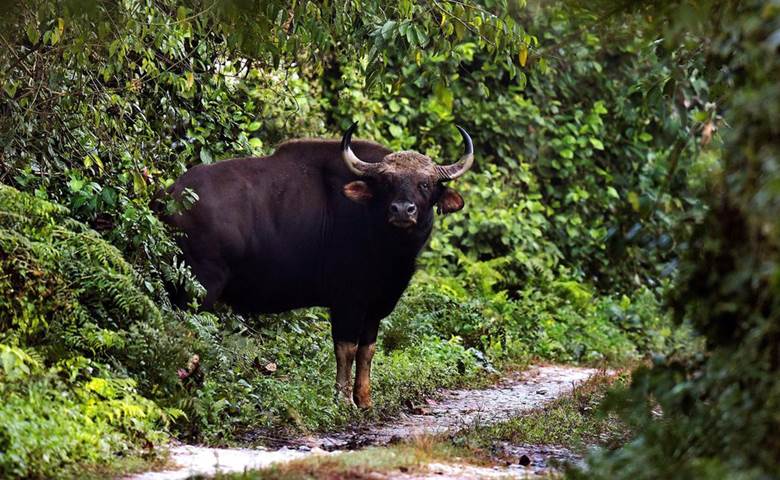Free Courses Sale ends Soon, Get It Now


Free Courses Sale ends Soon, Get It Now



Copyright infringement not intended
Context: Sri Lanka recently asks India to translocate 6 Indian bisons or gaurs to reintroduce them in the island after three centuries.
Details:
More on the news:
About Indian Bison:
© 2024 iasgyan. All right reserved